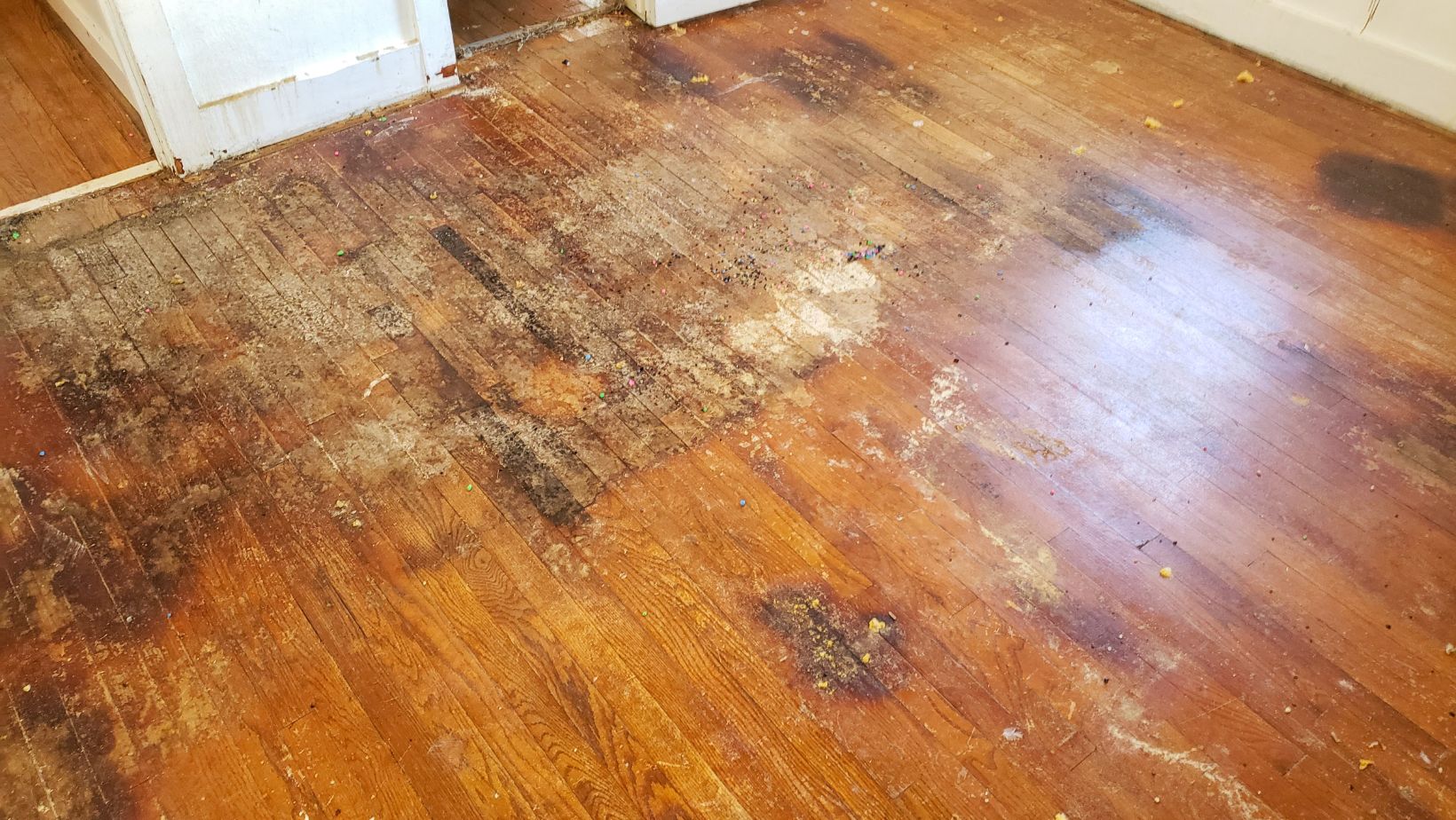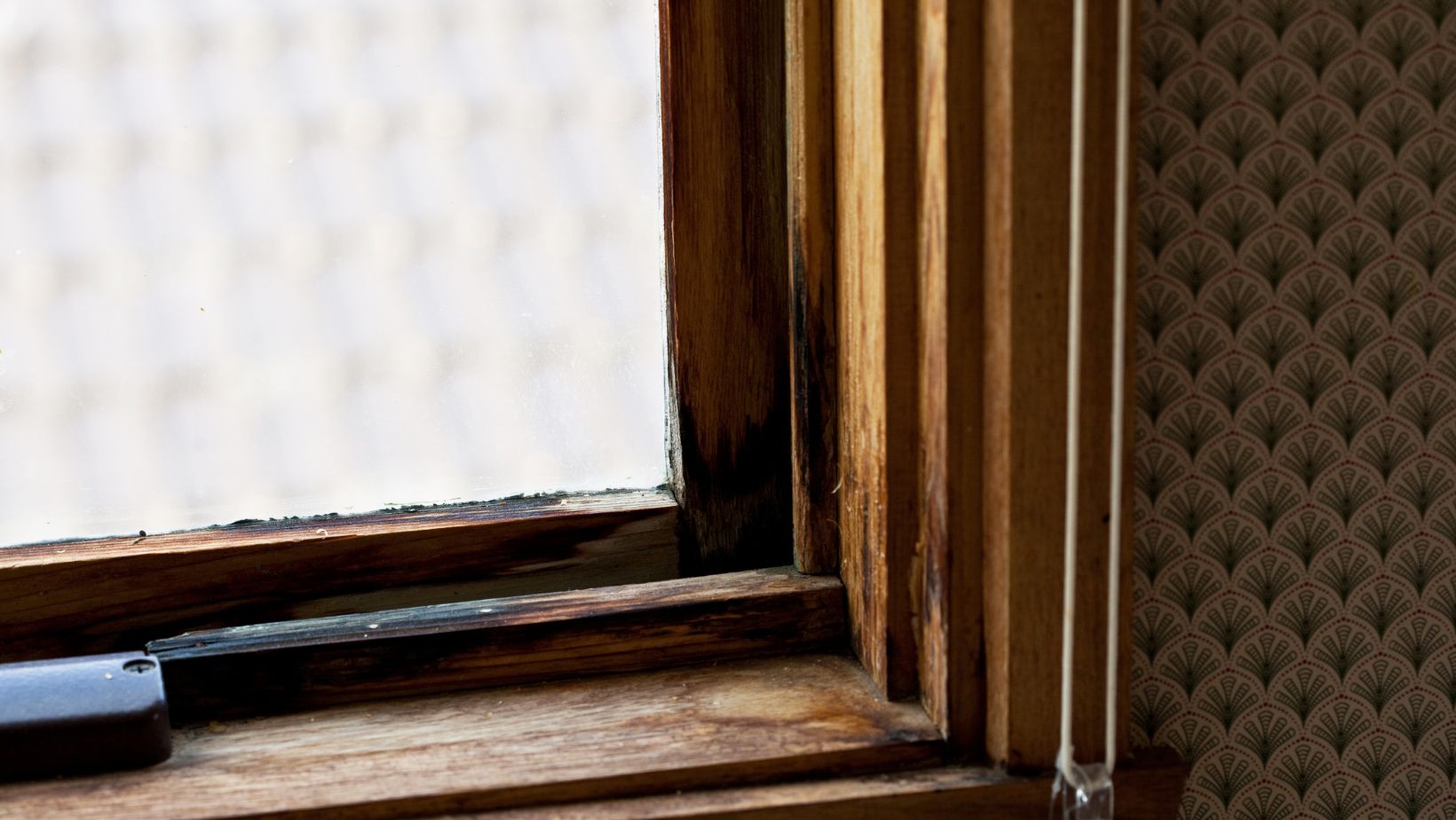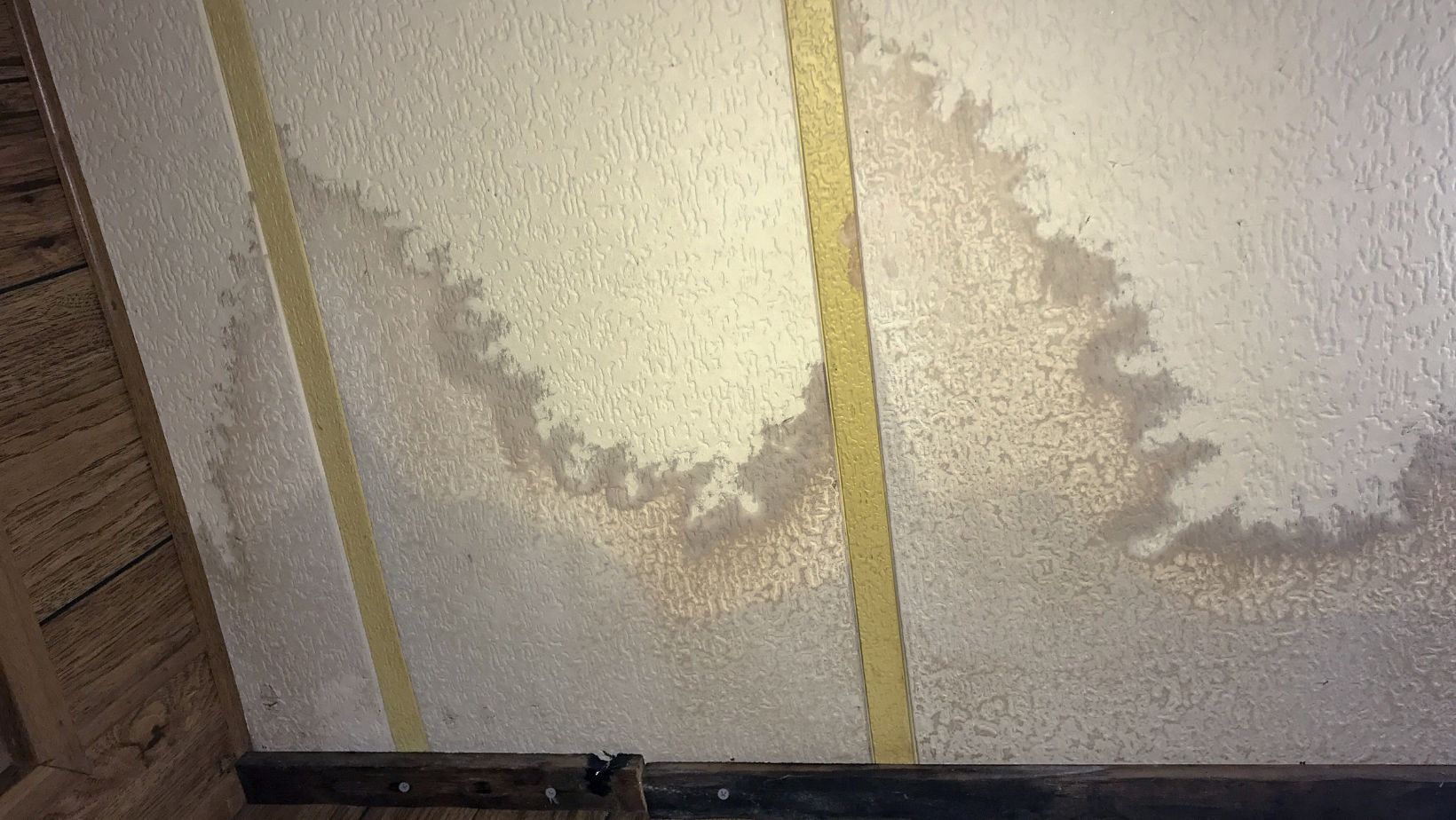
Wood is a common material in homes, valued for its aesthetic appeal and durability. However, it is highly susceptible to water damage, which can lead to swelling, warping, and discoloration. Prompt and proper treatment, including effective mold clean up, is essential to restore the integrity and appearance of water-damaged wood. Addressing water damage quickly can prevent further deterioration and costly repairs. Proper drying, cleaning, and restoration techniques can help salvage and maintain the beauty of your wooden surfaces.
Signs of Water Damage on Wood
Discoloration
Dark or white stains on wood are common indicators of water damage. Dark stains typically result from prolonged exposure to moisture, which can lead to mold or mildew growth. White stains usually occur when water has penetrated the wood’s finish but hasn’t deeply soaked into the wood itself.
Both types of stains require prompt attention to prevent further damage and restore the wood’s appearance. Proper cleaning and refinishing techniques can help eliminate these stains and preserve the wood’s integrity.
Swelling and Warping
Water exposure can cause wood to swell and warp, resulting in an uneven surface. This distortion affects the wood’s structural integrity and aesthetic appeal. Prompt drying and restoration are essential to prevent permanent damage and restore the wood’s original shape and smoothness.
Cracking and Splitting
Prolonged exposure to water can cause wood to crack and split as it expands and contracts with moisture changes. This damage compromises the wood’s structural integrity and appearance. Addressing water damage promptly can help prevent these issues and preserve the wood’s durability and aesthetic appeal. Proper drying and treatment are essential to restore and protect the wood.
Mold and Mildew
The presence of mold or mildew on water-damaged wood is often accompanied by a musty smell, indicating prolonged moisture exposure. Mold and mildew not only mar the wood’s appearance but can also pose health risks, such as respiratory issues and allergies.
Immediate removal and thorough drying are essential to eliminate mold and prevent its recurrence. Using proper cleaning solutions and ensuring adequate ventilation can help maintain a mold-free environment and preserve the wood’s integrity.
Fixing Water-Damaged Wood – Step-by-Step Process
Drying the Wood
Remove Access Water
Use towels, mops, or a wet vacuum to quickly remove standing water from the surface of the wood. Ensure the source of the water is fixed to prevent further damage and recurrence. This immediate action helps mitigate water damage and starts the drying process.
Increase Air Circulation
Open windows and doors to enhance ventilation and allow fresh air to circulate, aiding the drying process.

Use fans and dehumidifiers to speed up moisture removal from the wood and surrounding areas. For severe water damage, industrial fans and dehumidifiers may be necessary to effectively dry out the space. These powerful tools help prevent mold growth and further damage, ensuring a thorough restoration.
Disassemble Furniture
If the water-damaged wood is part of furniture, disassemble it to allow better air circulation and more effective drying. Separating the pieces helps ensure that all areas are properly exposed to airflow and reduces the risk of mold growth. This step aids in thoroughly drying the wood, preventing further damage and preserving the furniture’s integrity.
Cleaning and Disinfecting
Clean the Surface
Use a mild detergent and warm water to clean the surface of the wood. Gently scrub with a soft brush to remove dirt and mold, being careful not to damage the wood’s surface. This cleaning process helps restore the wood’s appearance and prevents the growth of mold and mildew. Ensure the wood is thoroughly dried after cleaning to avoid further moisture-related issues.
Disinfect
Apply a mixture of water and bleach in a 1:3 ratio to disinfect the wood and prevent mold growth. This solution helps eliminate existing mold spores and inhibits future growth. Ensure proper ventilation when using bleach to avoid inhaling fumes, and wear protective gear such as gloves and masks for safety. Allow the wood to dry completely after application to ensure thorough disinfection and protection.
Sanding and Refinishing
Sand the Wood
Once the wood is completely dry, sand the affected area to remove the damaged surface. Begin with coarse-grit sandpaper to effectively strip away the damaged layer, then gradually switch to finer grits for a smooth, polished finish. This process helps restore the wood’s appearance and prepares it for any necessary refinishing or sealing.
Apply Wood Filler
For cracks and splits, apply a wood filler to fill the gaps and restore the wood’s structural integrity. Once the filler dries, sand it smooth to blend seamlessly with the rest of the wood surface. This process helps maintain the wood’s appearance and ensures a uniform, even finish.
Stain and Seal
Apply a wood stain to match the original color of the wood, restoring its natural appearance. Once the stain dries, seal the wood with a protective finish to prevent future water damage. This finish adds a layer of protection, helping to preserve the wood’s integrity and appearance over time.
Repairing Structural Damage
Assess the Damage
Check for structural integrity, especially in load-bearing elements like beams and floorboards, to ensure they remain safe and functional. If the damage is extensive, choose a pro for a thorough assessment and necessary repairs to maintain the stability and safety of your home.
Replace Damaged Sections
Severely damaged sections of wood may need to be replaced to restore structural integrity. Use the same type and size of wood to ensure a seamless repair that matches the original construction and appearance.
Preventing Future Water Damage
Seal and Protect
Regularly apply a sealant to wood surfaces to protect against moisture and extend their lifespan. Use water-resistant finishes on furniture and flooring in high-moisture areas, such as bathrooms and kitchens, to prevent water damage. These protective measures help maintain the wood’s integrity and appearance, ensuring it remains durable and attractive over time.
Maintain Plumbing
Regularly inspect and maintain plumbing systems to prevent leaks and avoid water damage. Install water alarms and shut-off systems to detect and mitigate leaks promptly, minimizing potential damage.

These proactive measures help protect your home from costly repairs and maintain the integrity of your property.
Control Indoor Humidity
Use dehumidifiers to control indoor humidity levels, particularly in basements and bathrooms where moisture tends to accumulate. Ensure proper ventilation in these areas to reduce the risk of mold and mildew growth. These steps help maintain a healthy indoor environment and protect wood surfaces and other materials from moisture-related damage.
FAQs
How long does it take for water-damaged wood to dry?
The drying time can vary from a few days to several weeks, depending on the extent of the damage and the drying methods used,
Do you need water removal services for water-damaged wood?
Yes, water removal services are essential for water-damaged wood to effectively extract moisture and prevent further damage. Professional services ensure thorough drying and help restore the wood to its original condition.
Conclusion
Fixing water-damaged wood requires prompt action and careful attention to detail. By following the steps outlined above, you can effectively restore your wood to its original condition and prevent future damage. Regular maintenance and preventive measures will help keep your wood surfaces and structures in excellent condition for years to come. For severe cases, always consider consulting with a professional to ensure the best results.



